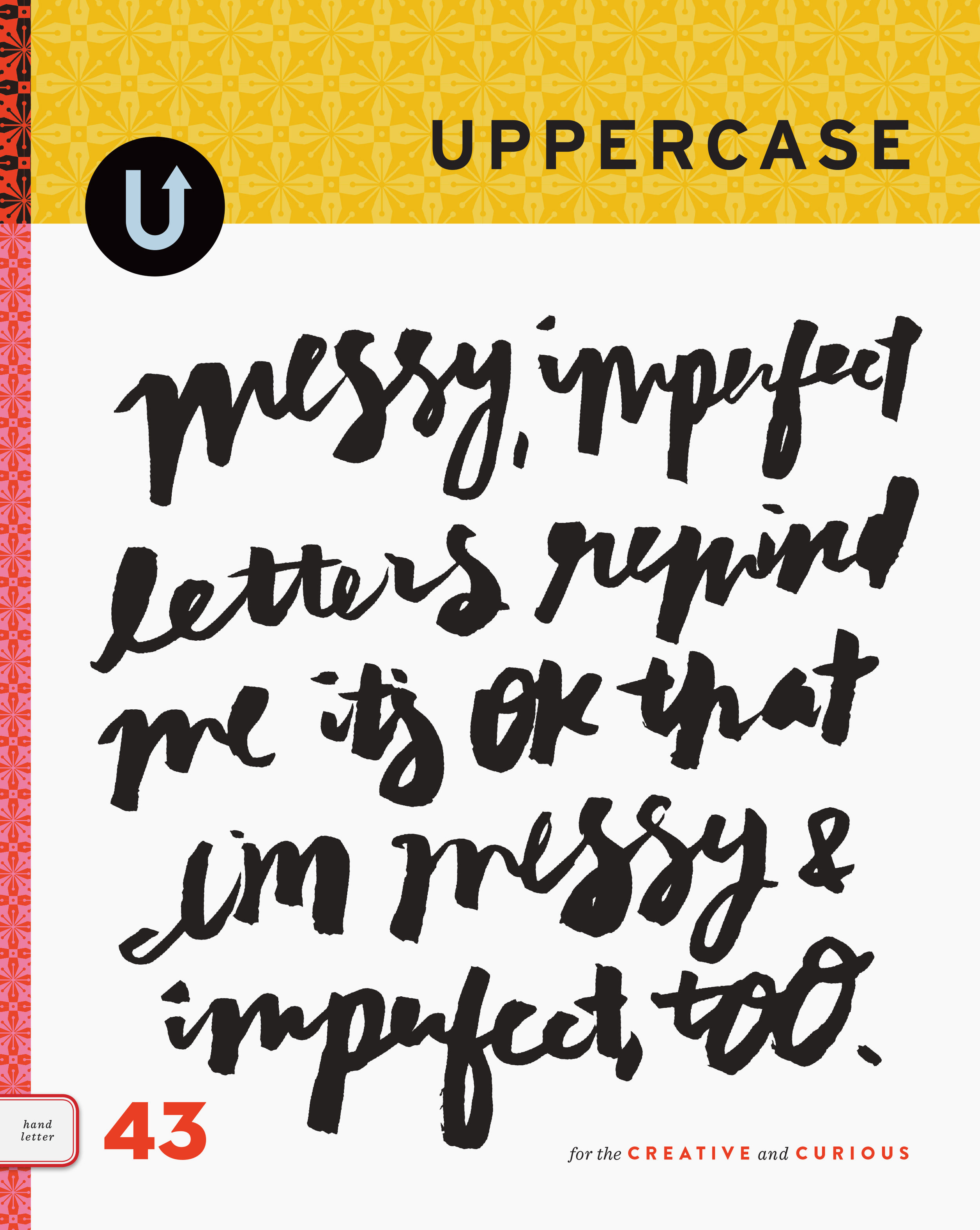why Art Central failed
/With the recent confirmation of the TELUS sky development at the corner of Centre Street and 7th ave SW, the days of the Art Central building are finite. As I mentioned in previous posts about the news of its demolition (here and here), I would like to express my opinion on why the Art Central concept failed. I think it is important to examine this while the experience is fresh. My intention is not to be negative—I hope that this post will offer insight and information valuable for other arts-based businesses, communities or similar concepts in Calgary's future. I have loved my time in Art Central and it was this location and concept that pushed me to move my career beyond freelance design into a satisfying and challenging career as a design and publishing entrepreneur. I will always be grateful for the nearly nine years that I called this building my creative home.
When I first visited Art Central in November of 2004 at its grand opening reception, it was love at first sight. There were just a few tenants at the time, but I was immediately taken by the potential of a three-level community of artists, artisans and designers. A fan of vibrant creative places like Vancouver's Granville Island, I had often wondered why my city didn't have something similar.
At that point I had been working from home as a freelance designer for nearly a dozen years and I was itching to get out of the house and try something new. In Art Central, there was an empty unit with great big windows, a brick wall and a raw interior that really excited me. I knew it was a place where I could create my dream studio: an open concept design office with a bookstore component. I hoped that Art Central would be a destination for arts- and design-appreciative customers, drawing them to the bookstore and gallery aspect of this new venture. I was confident that my design business would grow and support the leasing costs, so "UPPERCASE gallery, books and papergoods" as it was called back then, would be a side experiment with no financial expectations. I didn't have a business plan, just a two-page letter describing my intentions along with some verifications of my ability to pay rent. And here I call myself out a bit: I didn't really know what I was getting into! I had hopes and dreams, but I didn't have the ability to make a proper long-term plan. Fortunately, I had a successful business that was carrying the burden of the lease and costs, but other early tenants were starting from scratch. I assume that, like me, they were taken by the concept but perhaps, like me, didn't have much more than a dream.
I was overjoyed when the landlord, Encorp, accepted my proposal and I became a tenant. The early mix of tenants was vibrant: painters, ceramicists, jewellers, fashion designers… all working in their studios, making the art that they were selling. There was a great restaurant serving affordable and excellent fare (I remember lineups for their upside-down pancakes for weekend brunches!), a quirky coffee shop and some anchor galleries with high quality offerings. For the first few years, it was exciting and challenging to be part of something new, to figure out how to bring in customers and to participate in events like First Thursdays which brought out some amazing crowds. We were buoyed by the potential.
In my first year of business as UPPERCASE gallery, books and papergoods, I had around $30,000 in sales (this does not include my income from design). Had the gallery been all that I was relying on for income, this would not have been enough to support the business, let alone a family. Many Art Central tenants had side jobs or day jobs (with the added burden of staff) in order to make their rent. Because of the difficulties of personal schedules, juggling jobs and commitments outside of Art Central, business hours were often varied throughout the building, to the frustration of the visiting public. Consistent business hours and opening on weekends became a contentious issue and the landlord never enforced this lease requirement on its tenants, to the detriment of all.
From the public's point of view, there was always the perception that Art Central rent was subsidized or artists received governmental support in some way. This was definitely not the case, the tenants and the building owners were for-profit (whether profit was ever realized is another matter). The assumption that the artists were receiving other financial support became a problem within a few years. Our popular monthly First Thursday event had lots of attendance, but when you asked gallery owners about their sales, the increased traffic did not equate to higher sales. In recent years, First Thursday became a burden to many tenants and the event fizzled not only within Art Central but at other venues in downtown Calgary.
In the formative years, Art Central management provided marketing assistance through ad placements and even an occasional magazine-style publication inserted into the Herald. In the hey days, there was a budget for these initiatives—and as a designer specializing in arts and culture, I was pleased to provide these services to the landlord and have them as a client. I overhauled the Art Central logo, designed ads, photographed tenants and layed out their magazine. Because of this involvement in the "brand" of Art Central, I have always been particularly passionate about the concept and invested in its success in a way beyond a typical tenant.
Other practical factors that contributed to Art Central's difficulties was the years-long construction of The Bow tower and lack of easy and affordable parking (though we are conveniently accessed by the LRT right at the front door). A perplexing aspect throughout the years has been Calgary itself: the perception of the arts within Calgary; the stereotype of Calgary being just oil and gas, Stampede and Cowtown; the gulf between downtown and suburbia; and the lack of "life" downtown after hours and on weekends.
The economic downturn had a huge impact on Art Central. We were at the peak of its potential and this is precisely the time when marketing should have continued in full force. Instead, marketing ceased. I think many tenants relied too heavily on the building to bring in customers, rather than finding their own specific customers. A negative attitude developed between some tenants and management, fostering gossip and rumours. Management became increasingly silent in their communications with tenants. Art Central lacked stewardship. Without a formal tenant organization, it was frustrating to band tenants together with a common vision and most meetings were for airing complaints rather than taking positive action.
Encorp's attention seemed to be diverted to other ventures such as Fashion Central a few blocks away. In our building, there were short-term tenants with wares of questionable quality. Vacancies increased overall. The common question asked by returning customers was, "What's happening to Art Central?" to which we had no answer. For my part, I closed the retail aspect of UPPERCASE at the end of 2009. By then I had launched the magazine and it showed much promise; I could not handle the investment of retail inventory plus print bills so the decision to pursue publishing was clear. I closed the retail aspect of my business with some regret, since my store and our events did bring in faithful regulars to Art Central and I knew that ending that era would impact my neighbours. However, success throughout my tenancy at Art Central was due to my flexibility and adaptability. My business has grown year after year and I am very fortunate. Willing to experiment to find my niche and customers over the years has been a strength. I am grateful I had this challenge through Art Central and that ultimately I have developed UPPERCASE publishing inc: creating a quarterly magazine and books for a small but international audience.
By the time the Art Central building was sold a few years ago to Allied Properties REIT, the Art Central concept was already in steady decline. Allied purchased property, not the concept. Remaining tenants tried to revive the concept with a new website and organizing events, but by then it was too difficult of a task. With the attrition of more tenants, less and less foot traffic and the persistent rumours of the building's redevelopment, it was impossible to resuscitate. Allied Properties have been good landlords and I have appreciated their forthright approach to the redevelopment.
Though UPPERCASE will be leaving the building in August, Art Central tenants still require your support over the next few difficult months. Drink a great cup of coffee at DeVille, pick up a lovely floral bouquet by LaFleur, invest in great contemporary art by Axis Gallery, adorn yourself in beautiful handmade jewellery by Franny E, enjoy a meal at the Colonial… these tenants and many more are eager for your business. Thank you for being wonderful neighbours.
Thank you to all my customers and subscribers over the years. I've had the pleasure of getting to know you in person and online: you are generous, kind, motivating and your enthusiasm for UPPERCASE is simply amazing. Thank you.





